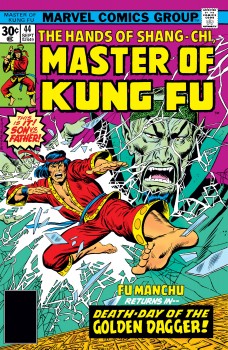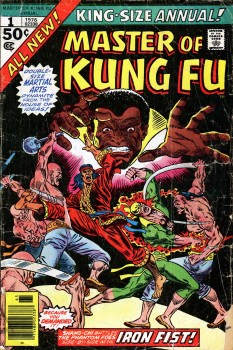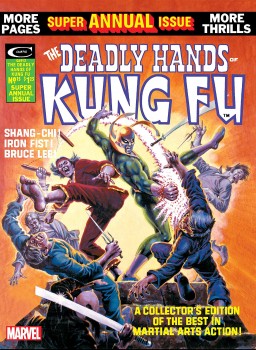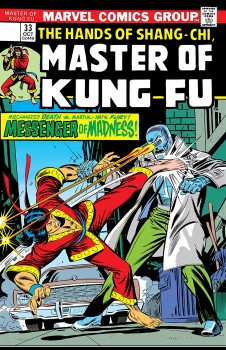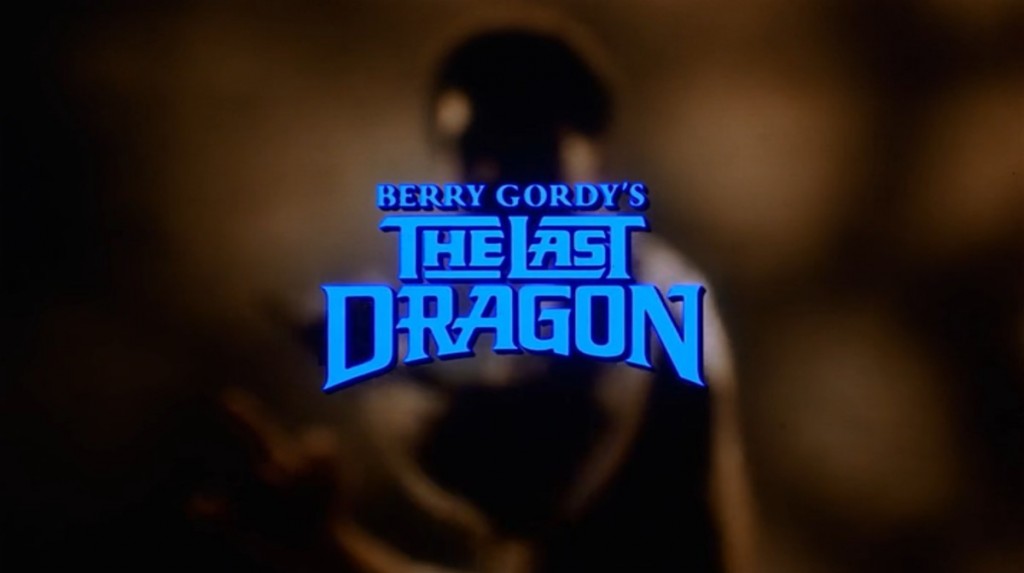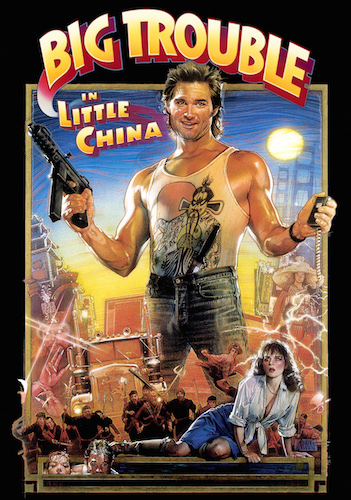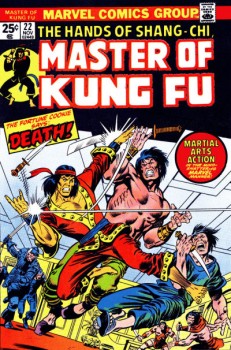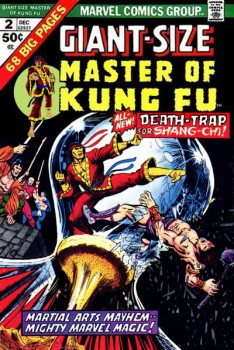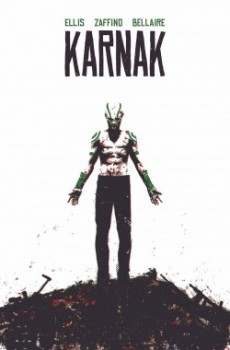Is Hellish Quart the most realistic swordfighting game ever?
In the half century or so that makes up most of video game history, there have been plenty of games which have featured swords and swordfighting. From fantasy games to ultra-realistic combat games, most have not gone for any realism except perhaps graphically, though there have been a handful of notable exceptions such as Bushido Blade and Kengo. Until fairly recently that has not been much of an issue. The average video game player, if there can be said to be such a person, has seemed to be more interested in flashy graphics and action than in realistic swordfighting, or at least that is what the gaming market has mostly provided. Yet the last couple of decades have brought about the popularity of Historical European Martial Arts (HEMA) with more and more practitioners and proponents joining the leagues every day, along with those who have interests in other martial arts. And these people, the folks who train and compete with swords, they know their swordfighting. Which means when they want to play a swordfighting video game, they want realism not only in how swords look but in how the bladed weapons perform on the screen.
Finally there is a video game for them.
The game’s title is Hellish Quart. Produced by Jakub and Kate Kisiel of the Polish studio Kubold, Hellish Quart is a 3D physics-based, one-on-one swordfighting game in which each fencing move of the characters on screen have been motion captured.
Hellish Quart is currently an Early Access game, which means there is more work yet to be done on it, and so far it is only available for play on a Windows platform. But don’t let any of that fool you. If you are interested in serious, historical fencing, this is a game you will want to look into.
…
